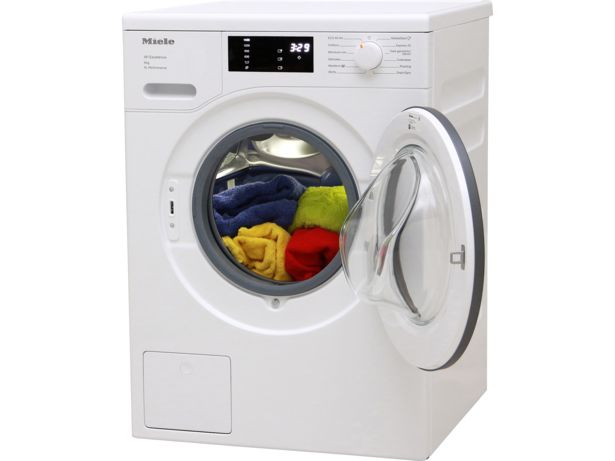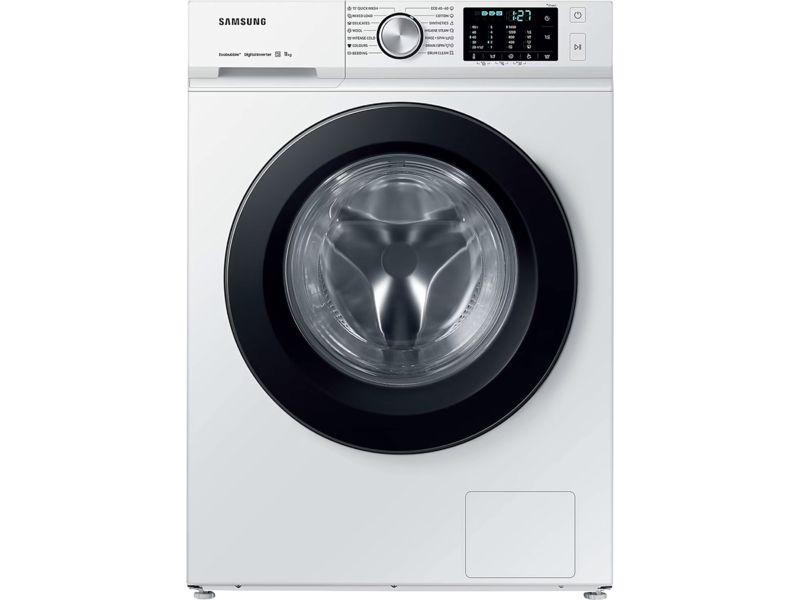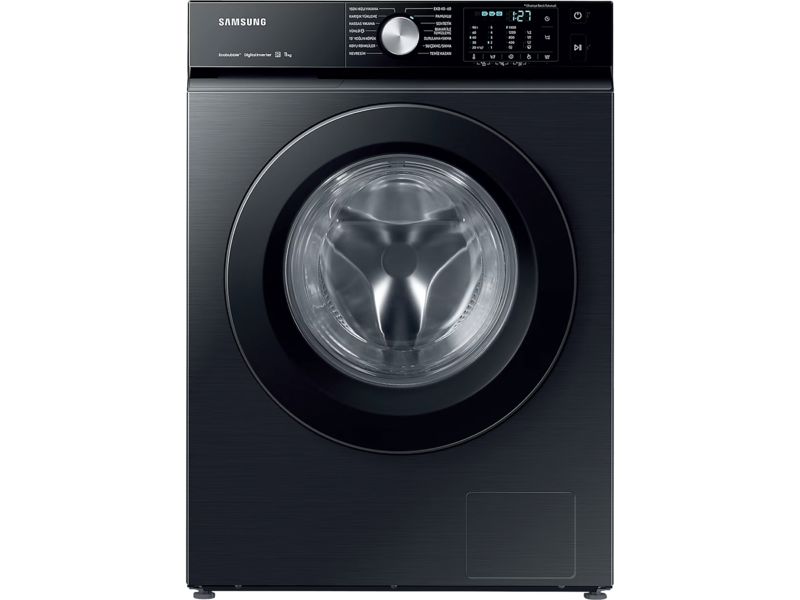How to clean a smelly washing machine

Clean your washing machine regularly to keep it free from mould and any smelly, musty odours. You don't need to buy any additional detergents or washing machine cleaning products. Just follow these five easy steps to prevent a smelly washing machine.
For a closer look at additional cleaning products, we compare washing machine cleaners from Dettol and Dr Beckmann, and explore the claims made by manufacturers.
Be inspired to make home improvements. Sign up for our Home newsletter – it's free monthly.
How to clean a smelly washing machine
- Run a regular, hot, service wash.
- Clean the rubber seal.
- Wash the detergent drawer and lint filter.
- Leave the washing machine's door and drawer open.
- If you've done numbers one to four and your washing machine is still smelling, check your stand pipe.
1. Run a service wash
A service wash means spinning your washing machine without any clothes in and at a high temperature.
Most people wash their clothes at 40°C or less, and while this is a great way to save money on energy bills and is better for the environment, washing at these temperatures won't completely rid your washing machine of mould and bacteria. That's why you need to regularly run a hotter service wash to deal with this problem.
It's ideally done once a month, and most manufacturers now recommend you use a certain cycle to do this or provide a special drum-cleaning program. Your instruction manual should have this information. If not, call the manufacturer's customer service line and ask which program to use.
The only down side to running a hot wash is that it will cost more. That's why when we test washing machines we measure how much energy and water it uses, so we can tell you how much it'll cost to run.
Our expert tests have found A-rated machines that cost more to run than D-rated or lower models. Read our washing machine reviews to help you find a great model at a price that suits you.
2. Clean the seal
Mould and bacteria can fester in the rubber seal around the door hole. After your washing has finished, have a look at the seal to see if it needs a scrub.
One way to do this is by wiping the seal with a microfibre cloth dipped in a bowl of warm water and washing up liquid. You can use an old toothbrush to scrub off any stubborn patches of dirt if necessary, but not too hard as this could lift the seal away from the metal.
Doing this regularly can help prevent the build-up of mould and bacteria. If mould has had too long to fester, it may have sunk into the porous rubber of the seal and be impossible to remove. If this happens, you may need to replace the door seal.
3. Wash out the detergent drawer and lint filter
Mould and bacteria also have a tendency to build up in the detergent drawer and lint filter. An easy way to tackle this is to remove your detergent drawer from the machine and take it apart, then rinse under warm water and use a soft brush to scrub away any stubborn gunk.
Make sure to thoroughly dry all of the pieces before inserting them back into your machine to slow down the regrowth of any nasties.
4. Leave the washing machine door and drawer open
Leaving the machine door ajar after washing allows air to circulate in the drum, speeding up the evaporation of any excess water and helping to prevent the growth of mould and bacteria.
You should also leave your the detergent drawer partly open for the same reason. Alternatively, you can give it a quick wipe with a clean cloth to ensure there's no standing water lurking in there.
5. Check the stand pipe
If bad smells continue, you may have a partial blockage in the standpipe. If you suspect this is the case, use a drain unblocker to try to clear the pipe.
If the problem is serious, you may need to call in a professional repairer. To find a repairer you can trust, try Which? Trusted Traders to find a local trader who has been assessed and checked by Which? experts.
If you're considering buying a new washing machine, check out our pick of the best washing machines from our extensive lab tests.
Why cleaning your washing machine is important
You need to keep your washing machine clean if you expect it to keep your favourite outfits clean. The warm, damp environment is the perfect breeding ground for bacteria. When you add things like pet hair and everyday dirt into the mix, it's easy to see why they get grubby.
Not only will a build-up of bacteria mean your clothes start to smell, it can also start to degrade the internal components of your washing machine, ultimately meaning it could give up the ghost sooner than you might expect.
It's much easier to keep on top of a regular, low-maintenance cleaning routine than it is to buy a completely new washing machine – and it's kinder on your pocket and the planet too.
Be inspired to make home improvements. Sign up for our Home newsletter – it's free monthly.



